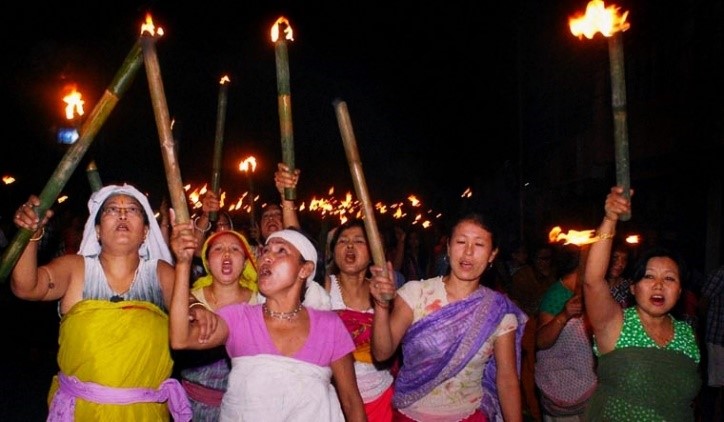Free Courses Sale ends Soon, Get It Now


Free Courses Sale ends Soon, Get It Now


ICDS scheme: It focuses on improving the nutritional and health status of children in the age group 0-6 years. It involves:
Mid day meal: It focuses on improving the nutritional status of children.
Poshan Abhiyan:
Other Approach:




© 2024 iasgyan. All right reserved